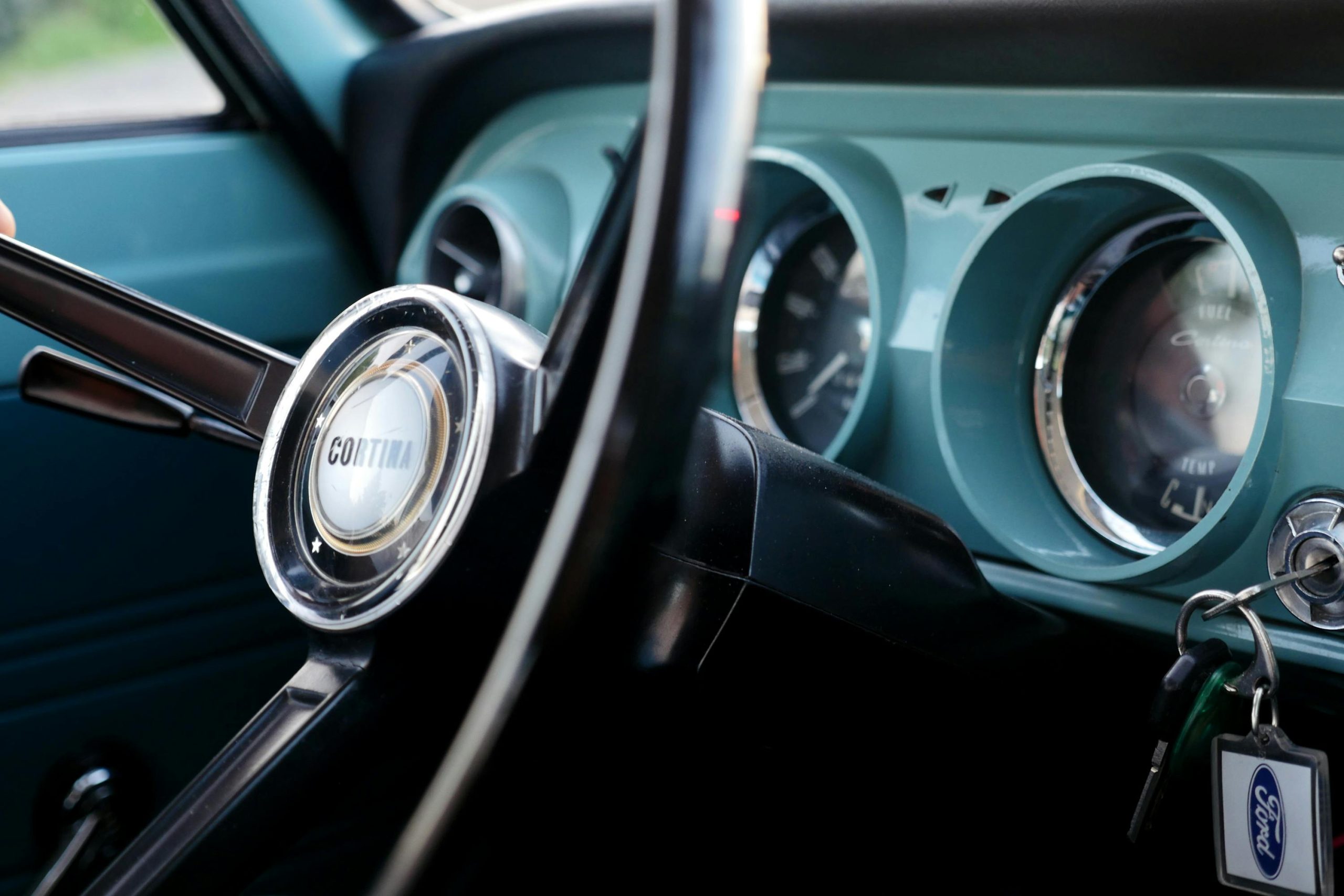Understanding Your Rights After a California Car Accident: What to Do When the At-Fault Driver Leaves Without Information
Experiencing a car collision can be stressful, especially when the responsible driver fails to provide essential details. If you find yourself in such a situation, it’s important to stay informed about the appropriate steps to protect your interests and ensure proper claims processing.
Scenario Overview
Recently, I was involved in a minor accident at a stop sign when a vehicle pulling out of parallel parking struck my car. The collision primarily affected the front passenger door, causing visible damage. I contacted local authorities, who informed me that if no injuries are reported, an official police response isn’t mandatory. We exchanged contact and insurance information, and I documented the scene with photographs, including the other vehicle’s license plate.
However, despite sharing my insurance details and driver’s license, the other driver has ceased communication, leaving me without additional information. I promptly filed a claim with my insurer, Geico, and now seek guidance on the next steps.
Key Questions and Considerations
-
Should I continue attempting to contact the other driver?
While persistent communication may sometimes yield additional information, if you’ve already obtained his license plate and vehicle details, further efforts might not be necessary. Focus on providing all known information to your insurance company for processing your claim. -
Is filing a police report advisable in this situation?
In California, hit-and-run incidents — where the other party leaves without providing sufficient details — may warrant a police report. If you’re experiencing symptoms like neck or back discomfort, or if damages exceed $1,000, it’s advisable to involve law enforcement. Reporting within the required 10-day window is essential for potential legal and insurance purposes. -
Does the damage appear to exceed $1,000?
Visually assessing damage can be challenging. It’s best to wait for an official estimate from your insurer or a qualified repair shop before making assumptions. Providing photos to your insurance adjuster can also aid in damage evaluation. -
What are the possible next steps?
Your insurance provider will guide you through the claims process. They can determine coverage options and advise on repair estimates. Keep detailed records of all communications, photos, and incident reports. Typically, insurers aim to respond promptly, but response times can vary.
Final Thoughts
Being involved in a hit-and-run is frustrating and concerning, especially when your safety and rights are at stake. Ensure you prioritize your health by seeking medical attention



